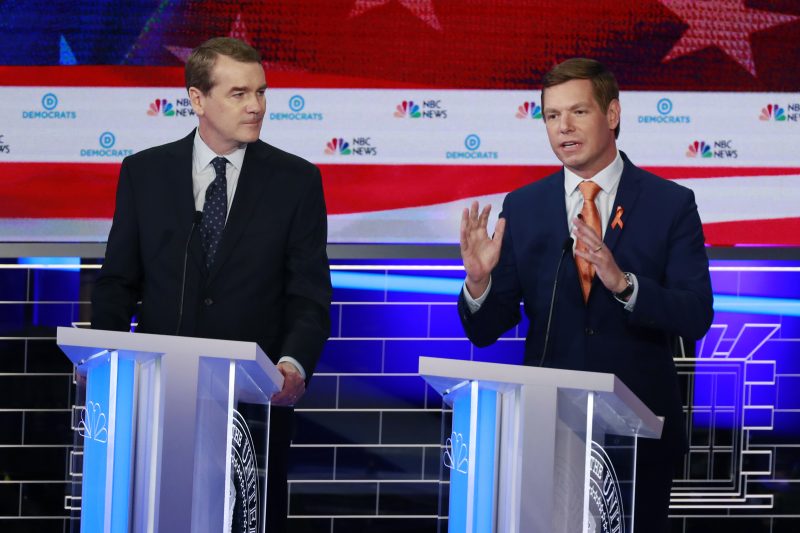
Struggling Democrats Grapple with Passing the Torch to Next Generation Leaders
In recent years, the Democratic Party has faced growing pressure to pass the torch to a new generation of leaders. While there have been notable successes in elevating younger voices within the party, there is still much work to be done in ensuring that the next wave of Democrats is well-prepared to take the reins.
One of the key challenges that the Democratic Party faces in passing the torch is the deeply entrenched power structures within the party. Longtime incumbents and party stalwarts often wield significant influence, making it difficult for newer, younger leaders to break through and gain the necessary experience and visibility to ascend to top positions.
Furthermore, there is a generational divide within the party that can sometimes hinder the smooth transition of leadership. Older Democrats may be resistant to change and hesitant to cede control to a younger generation that they perceive as less experienced or less politically savvy.
Another obstacle to passing the torch is the lack of a cohesive strategy for leadership development within the Democratic Party. While there are programs and initiatives aimed at cultivating new talent, these efforts can be fragmented and lack the necessary resources and support to truly nurture emerging leaders.
Additionally, the Democratic Party must reckon with the changing landscape of American politics. Younger voters are increasingly diverse and progressive, and the party must ensure that its leadership reflects these shifting demographics. This means not only promoting younger leaders but also prioritizing diversity and inclusivity in leadership roles.
To successfully pass the torch to younger leaders, the Democratic Party must commit to a multipronged approach. This includes creating opportunities for mentorship and professional development, investing in leadership training programs, and actively promoting and supporting emerging voices within the party.
In conclusion, while the Democratic Party has made strides in elevating younger leaders, there is still much work to be done in effectively passing the torch to the next generation. By addressing the entrenched power structures, generational divides, and lack of a cohesive leadership development strategy, the party can ensure a more seamless transition of leadership and better position itself to meet the challenges of the future.